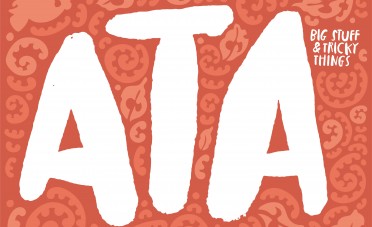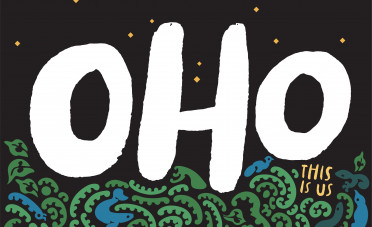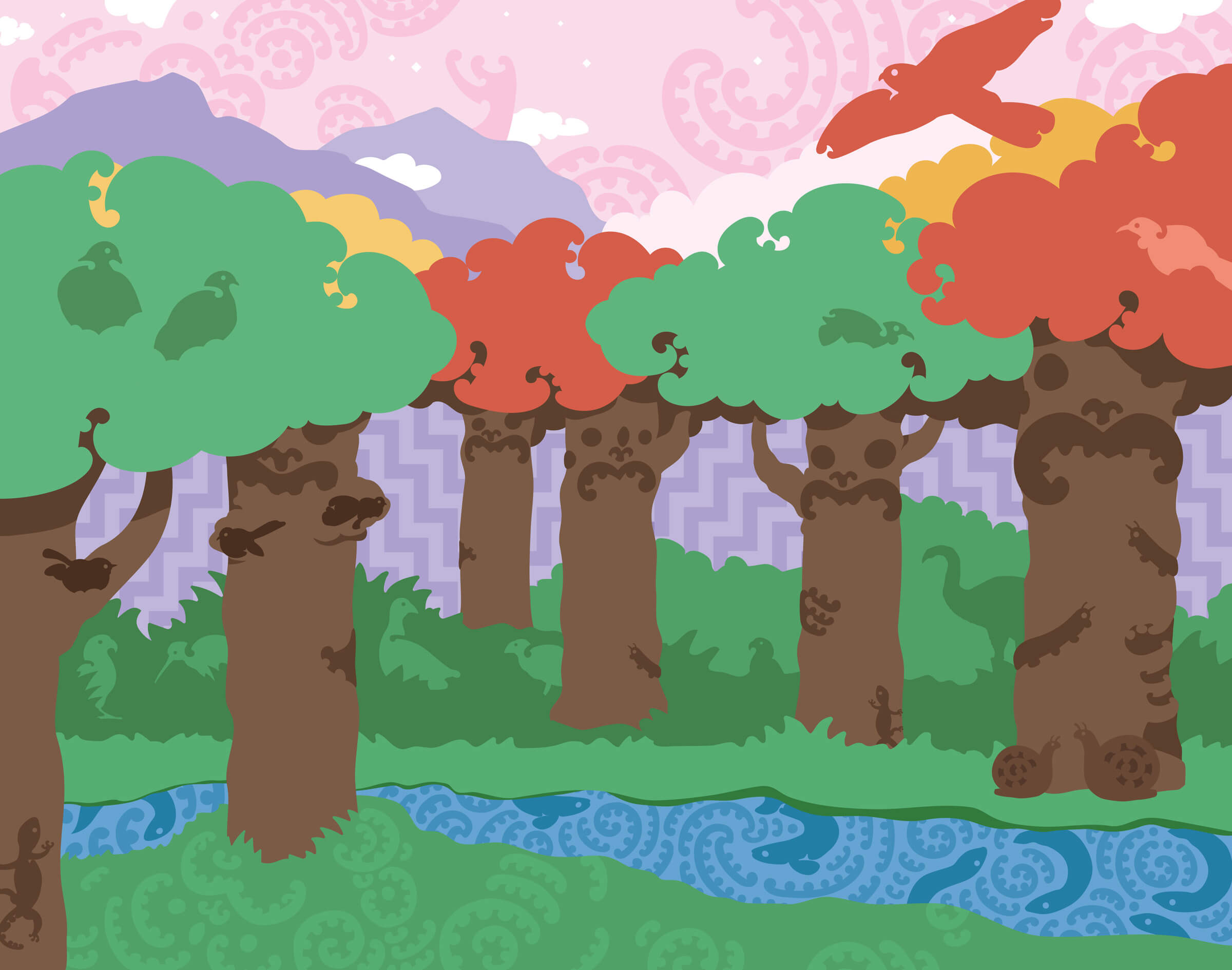Social and Emotional Learning – Resource collections
Social and Emotional Learning (SEL) describes the connections, relationships, skills, attitudes and feelings that help learners succeed in school, work and life. SEL frames identity, languages and culture as enhancing learners’ ways of knowing, understanding, and dealing effectively with daily tasks and challenges. Therefore, SEL is most effective when it is part of everyday classroom life.
The activities are organised into resource collections. They are aimed at teachers of all levels. Adapt and develop them to meet the needs of ākonga in your context and setting.
Activity collections
-

Ata — Resource collection
Ata is a collection of cards and activities for teaching and learning social and emotional skills, knowledge and strategies. Using these resources will help ākonga build awareness of themselves and others as they practise skills and develop strategies that help them live and learn together better.
-

Oho — Resource collection
Oho is a collection of cards and activities for teaching and learning that supports social and emotional learning. By exploring the connections between ourselves, and the world, ākonga can develop skills, strategies and knowledge that help them be culturally and socially located as unique and connected individuals.
To order a copy of Oho and Ata please email [email protected]
